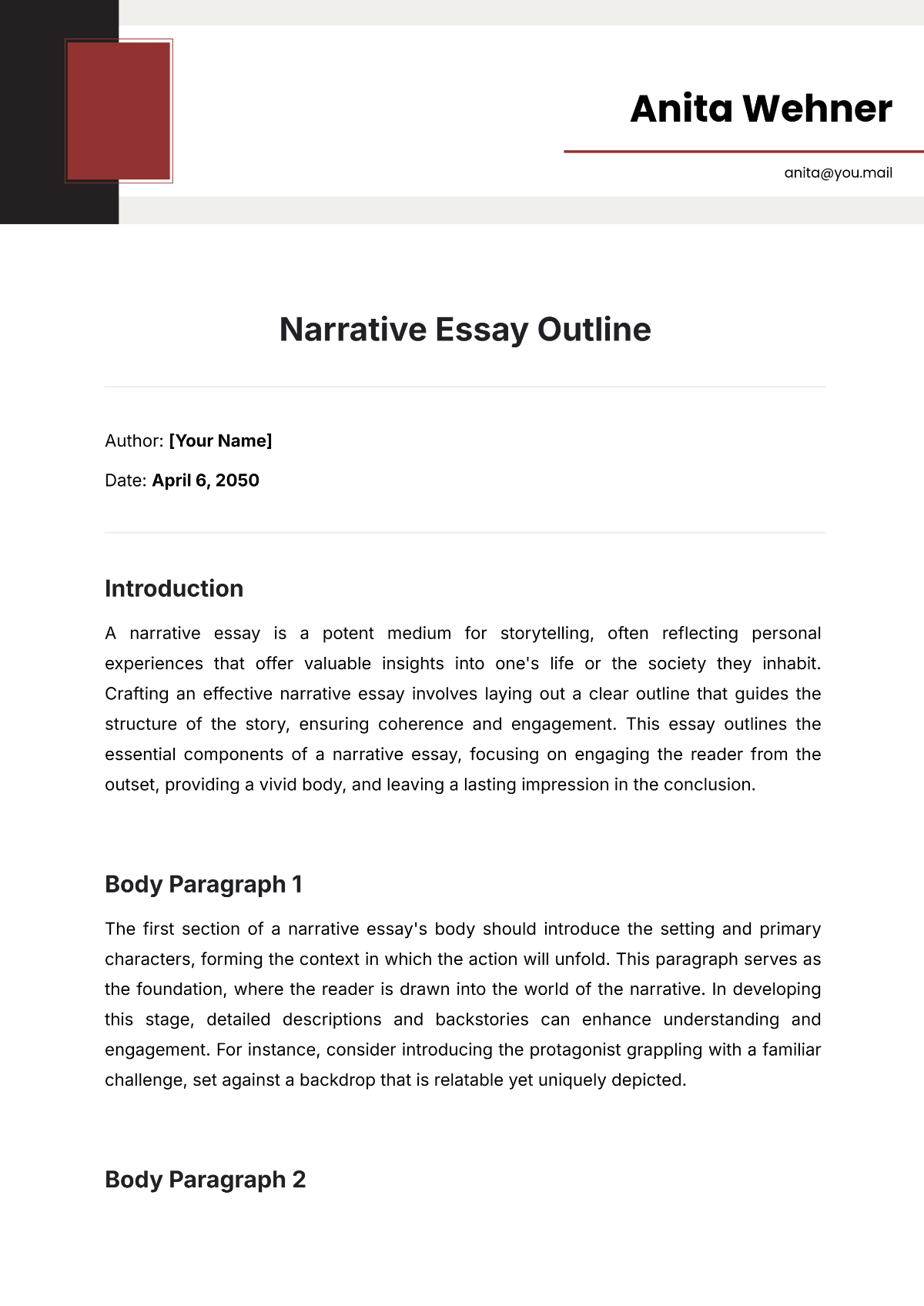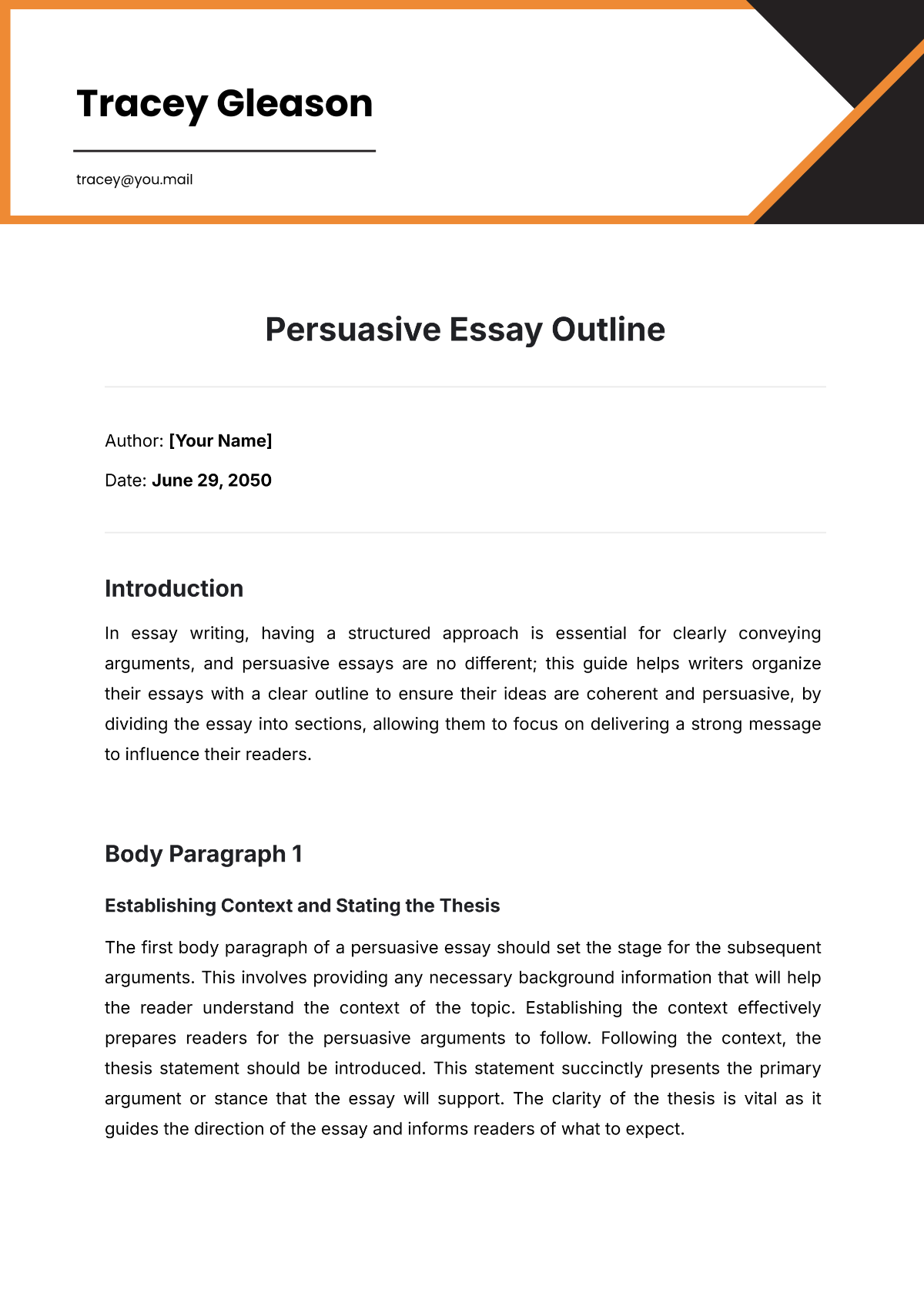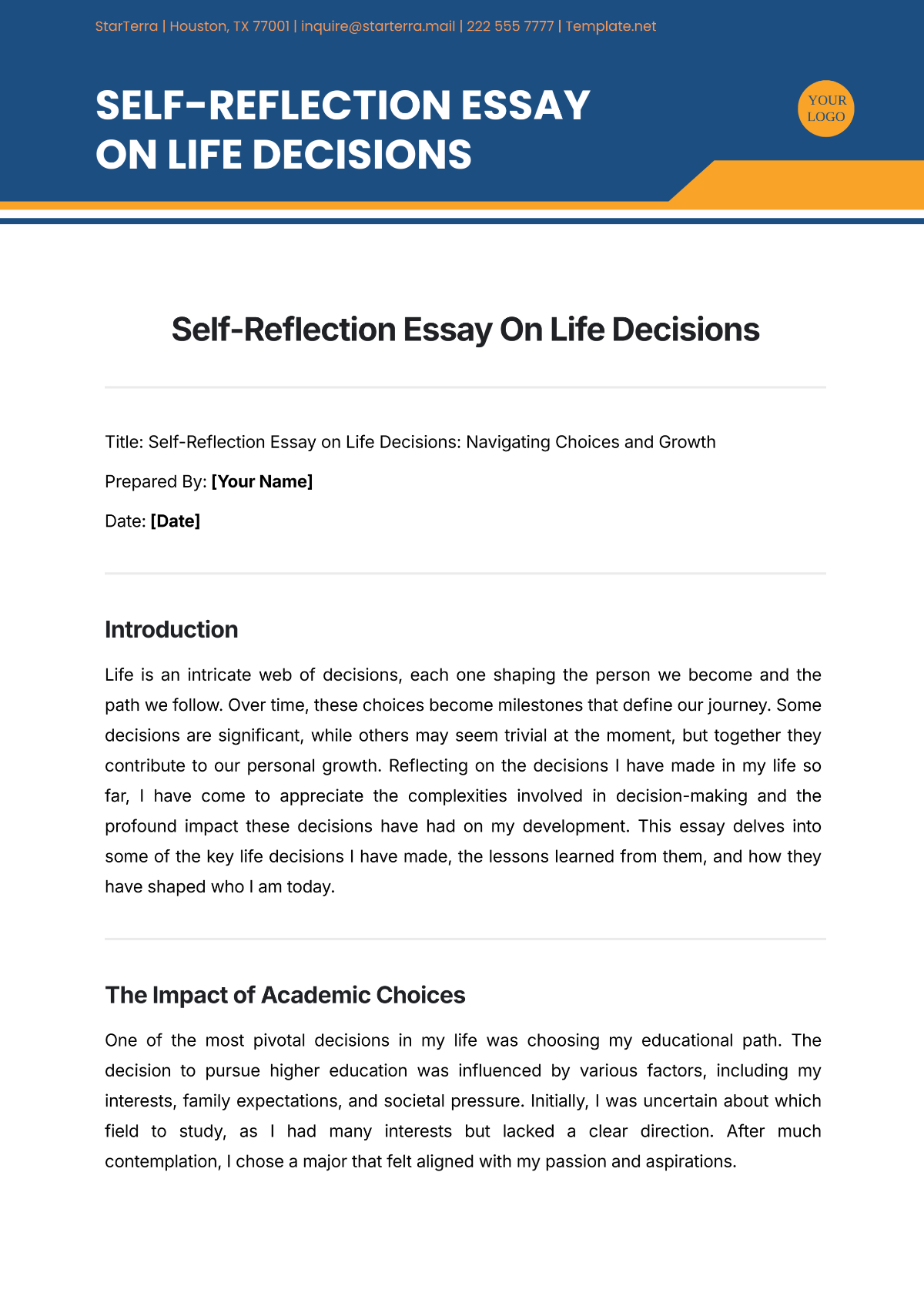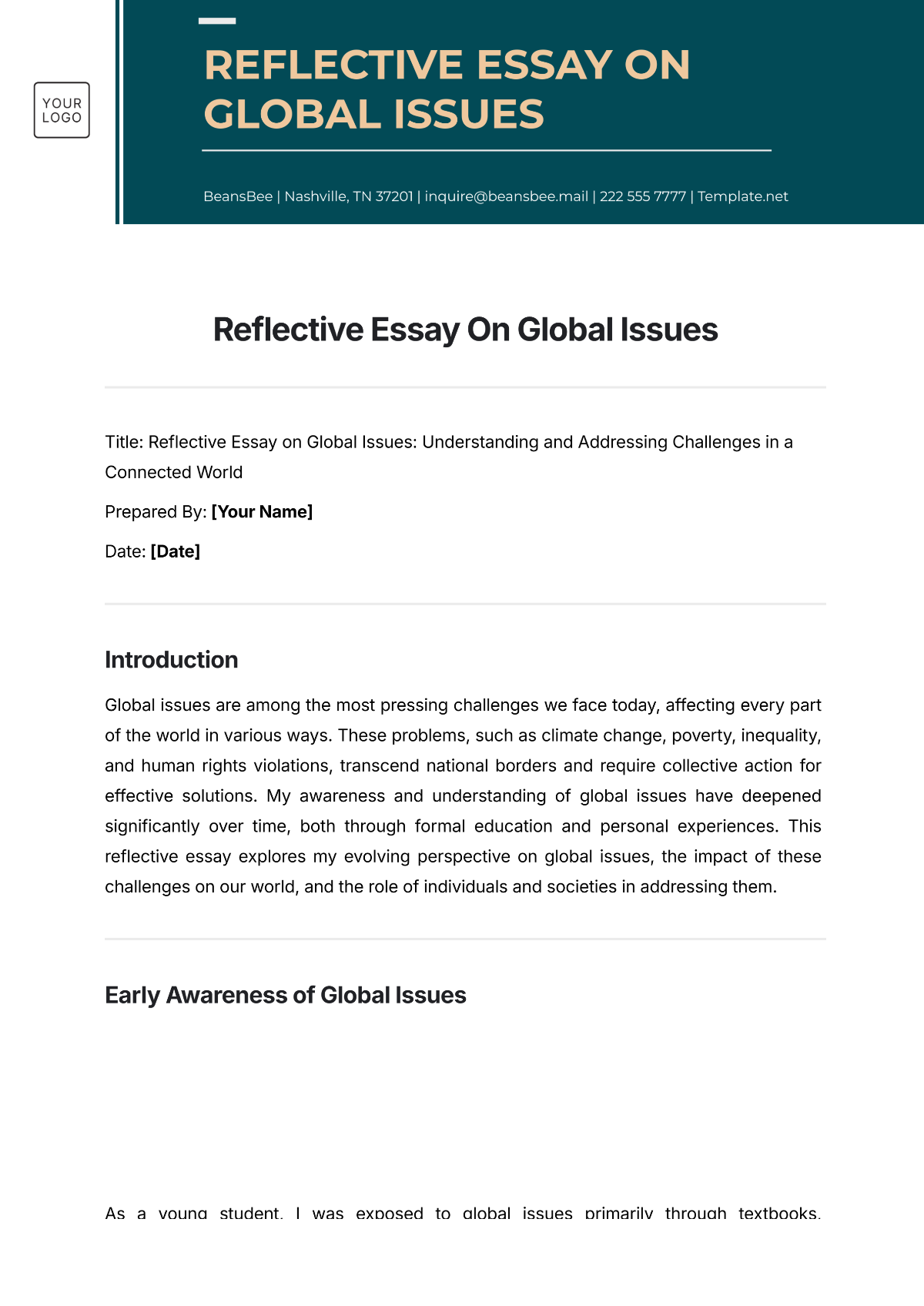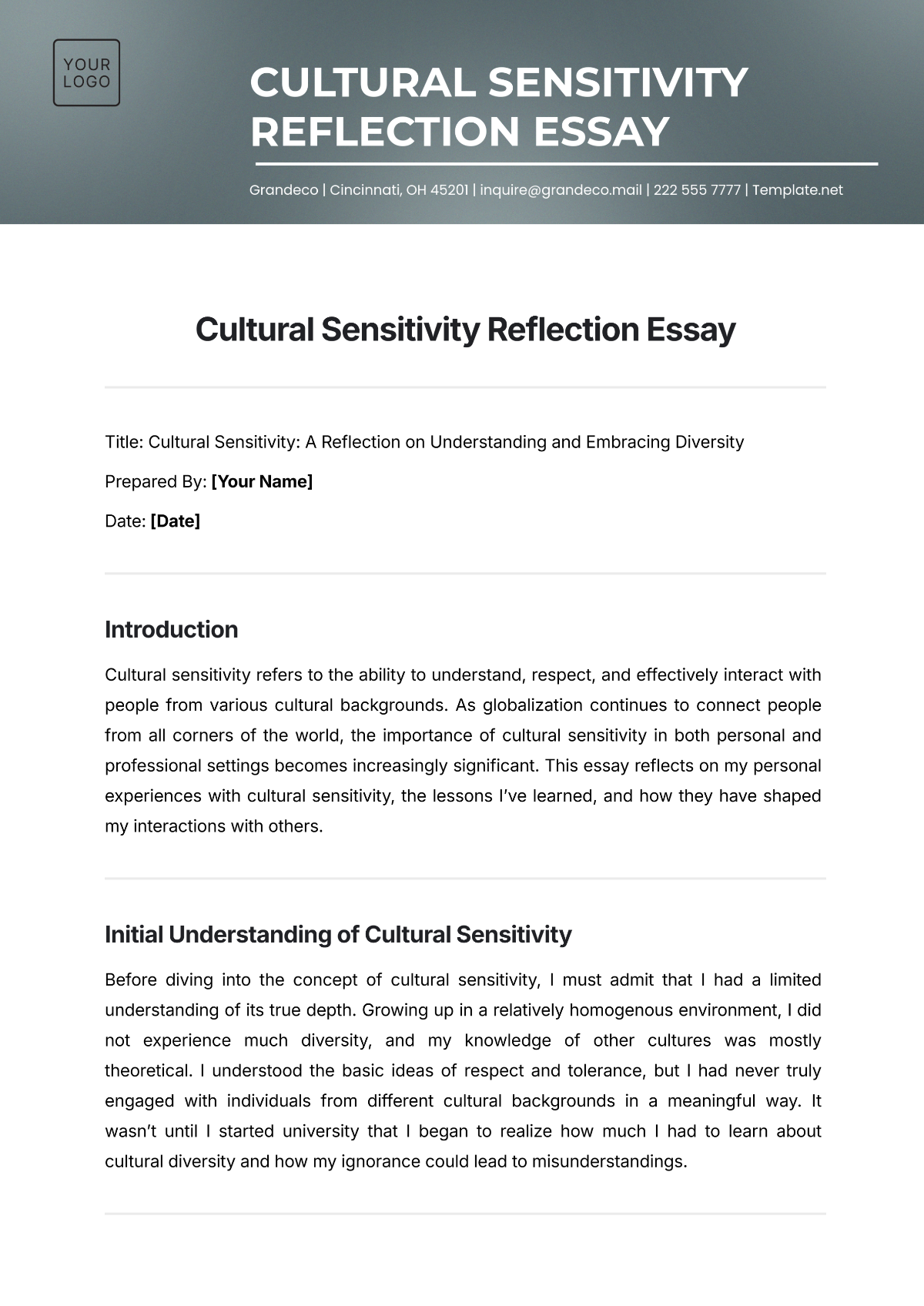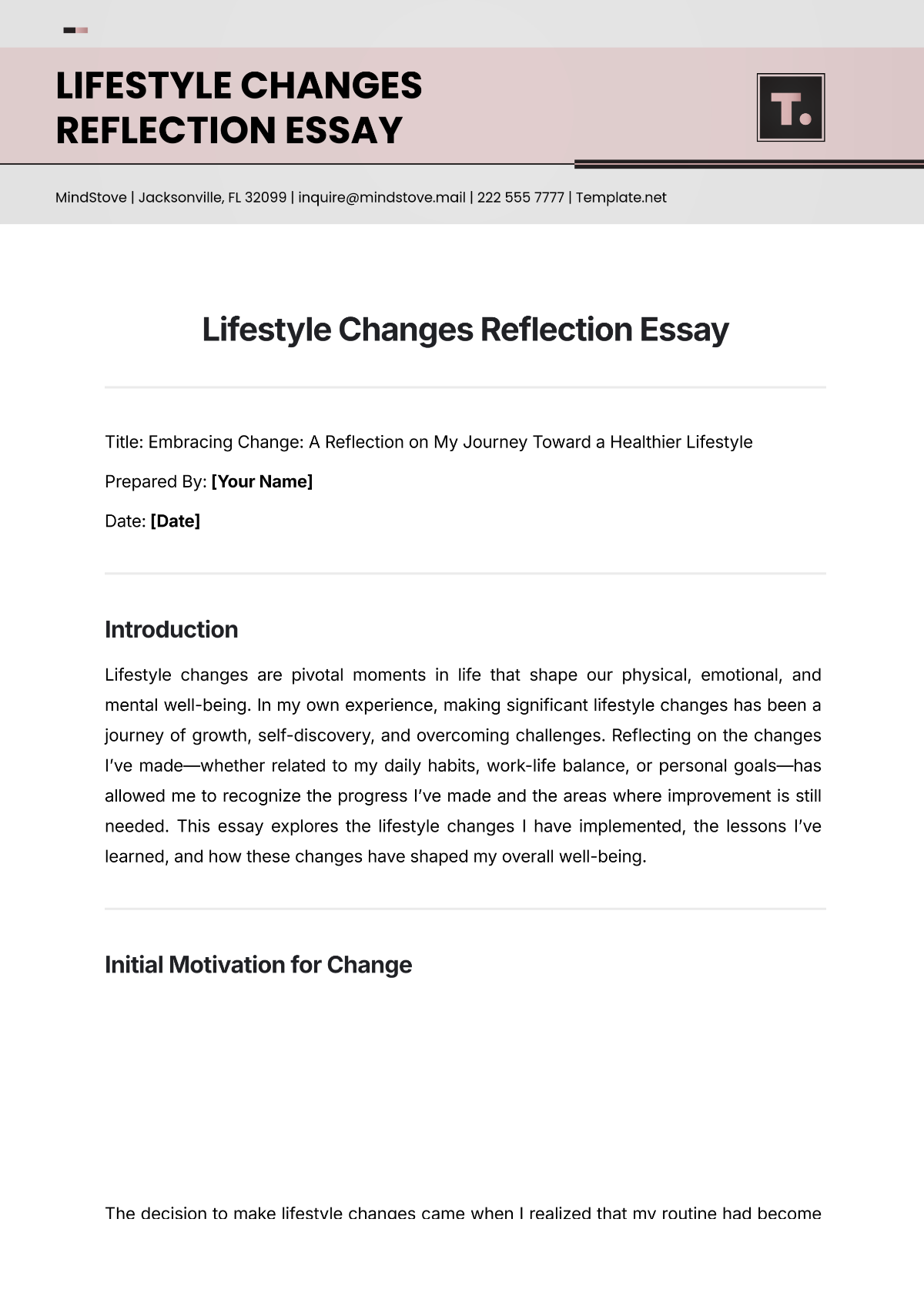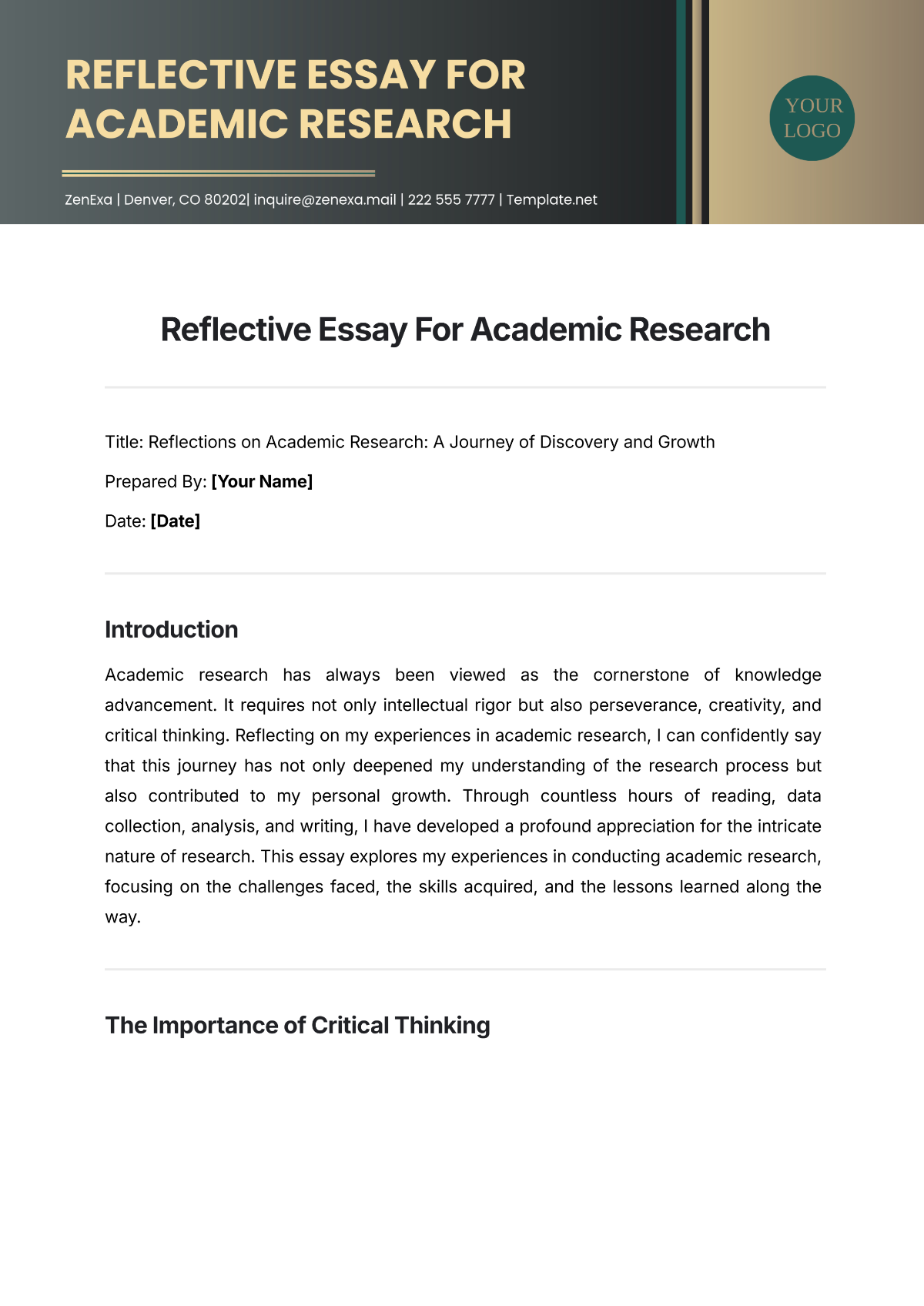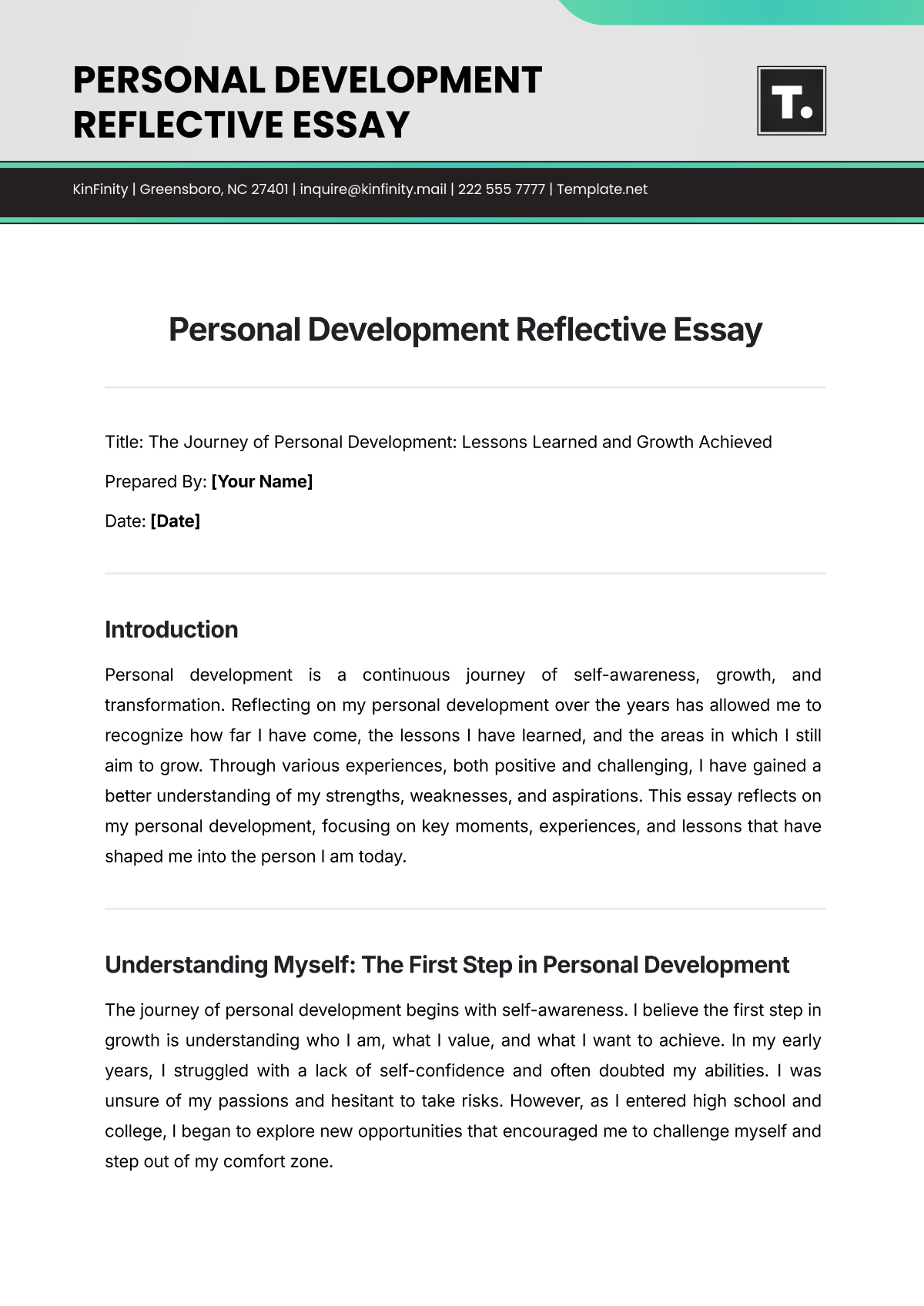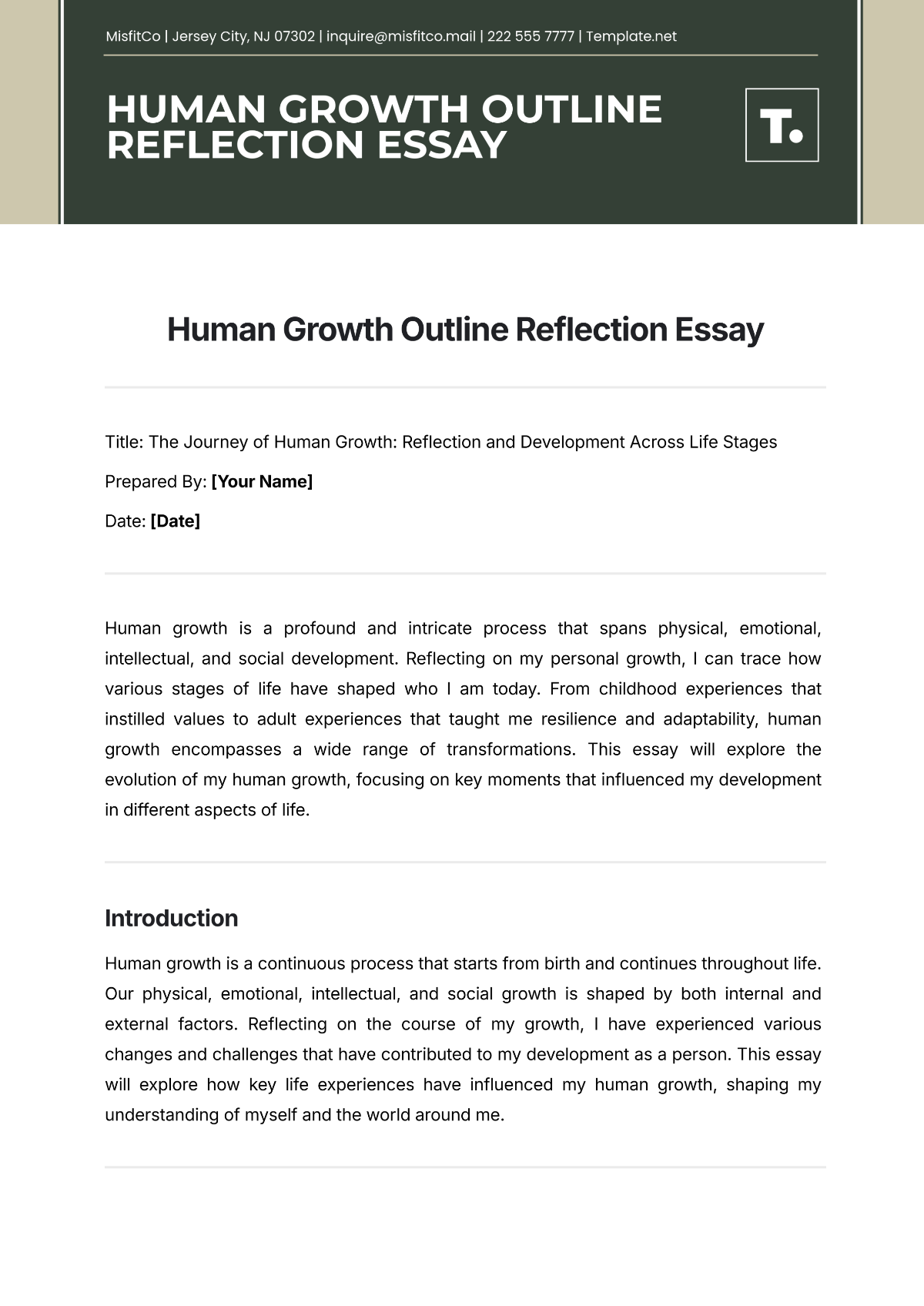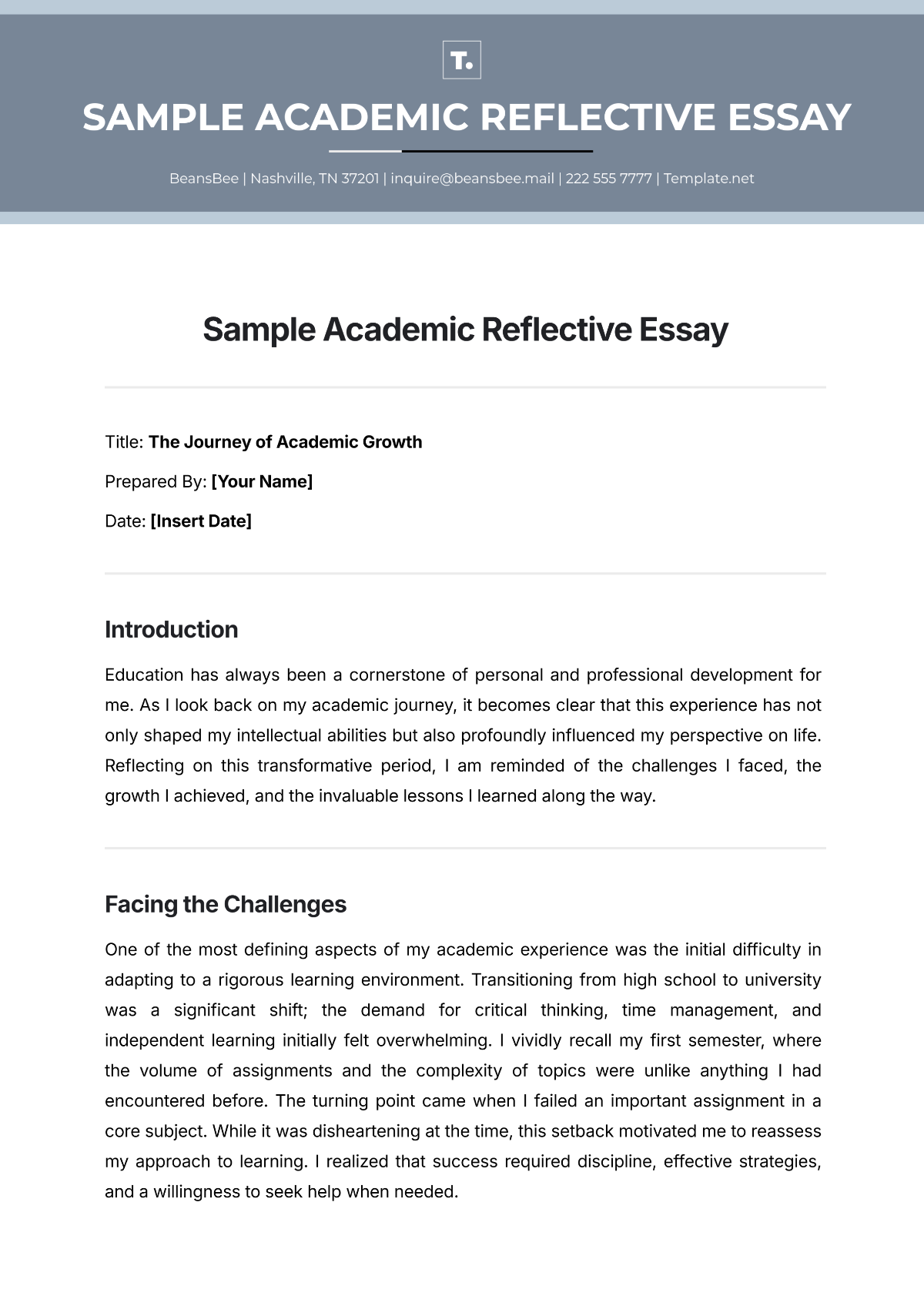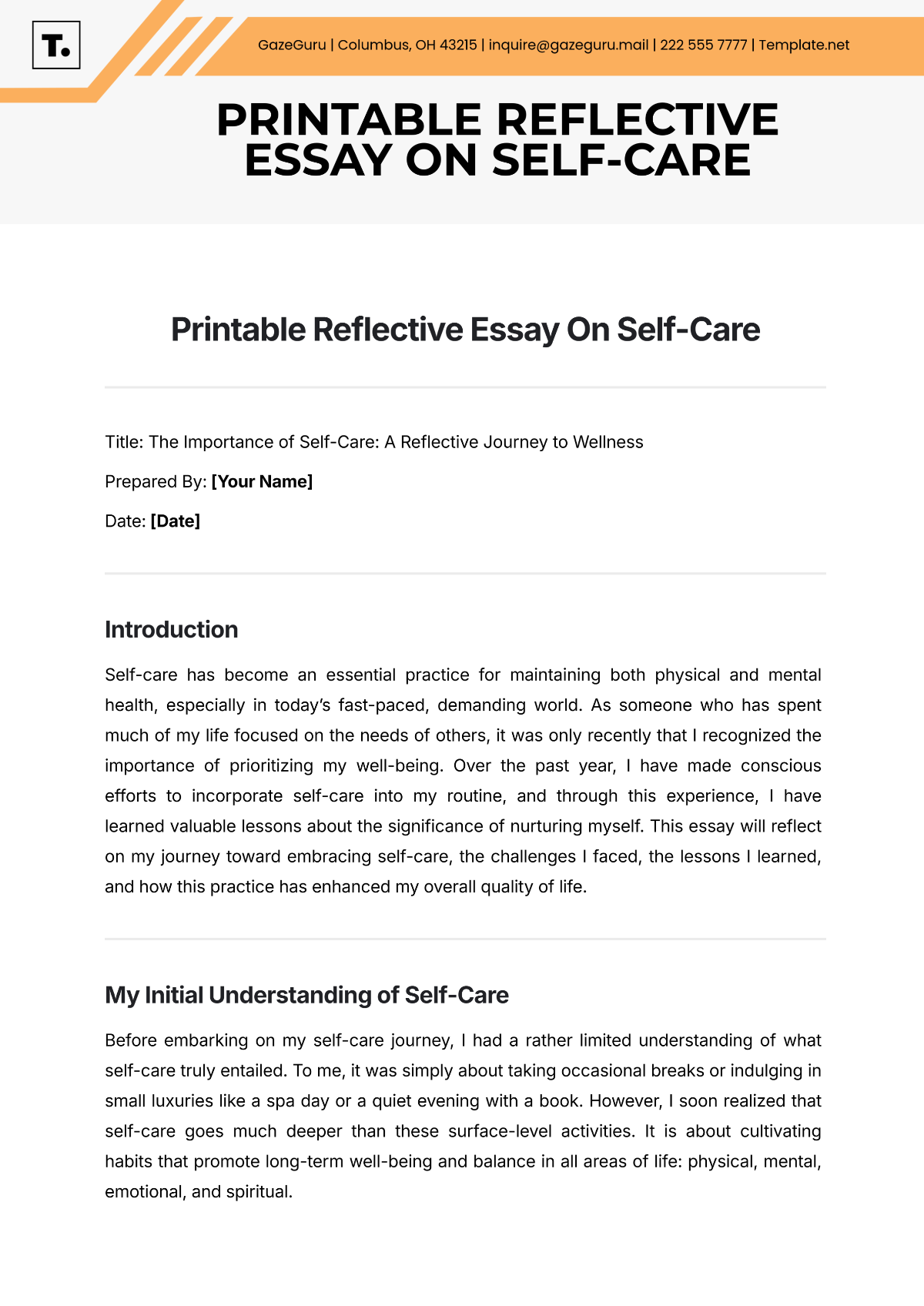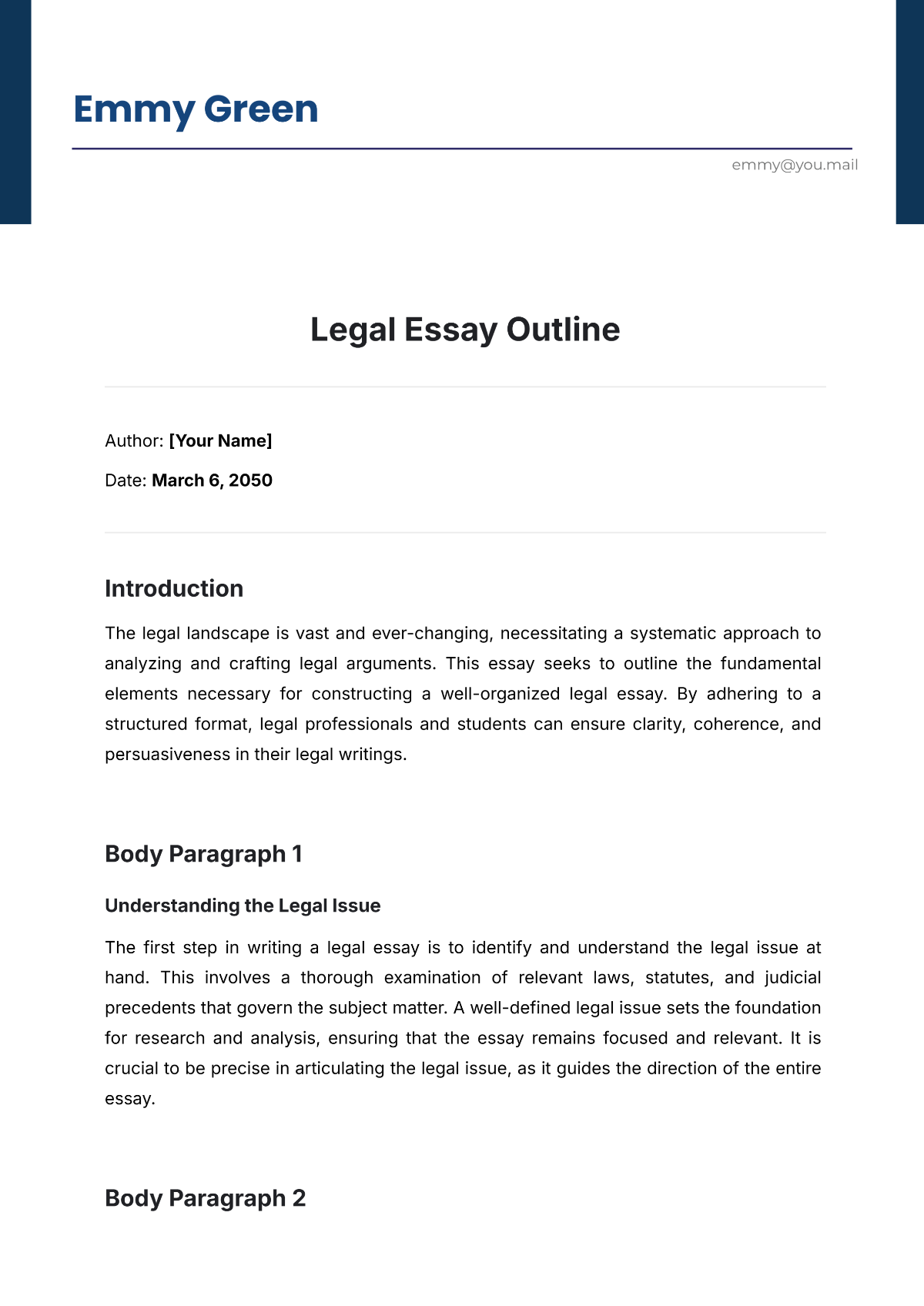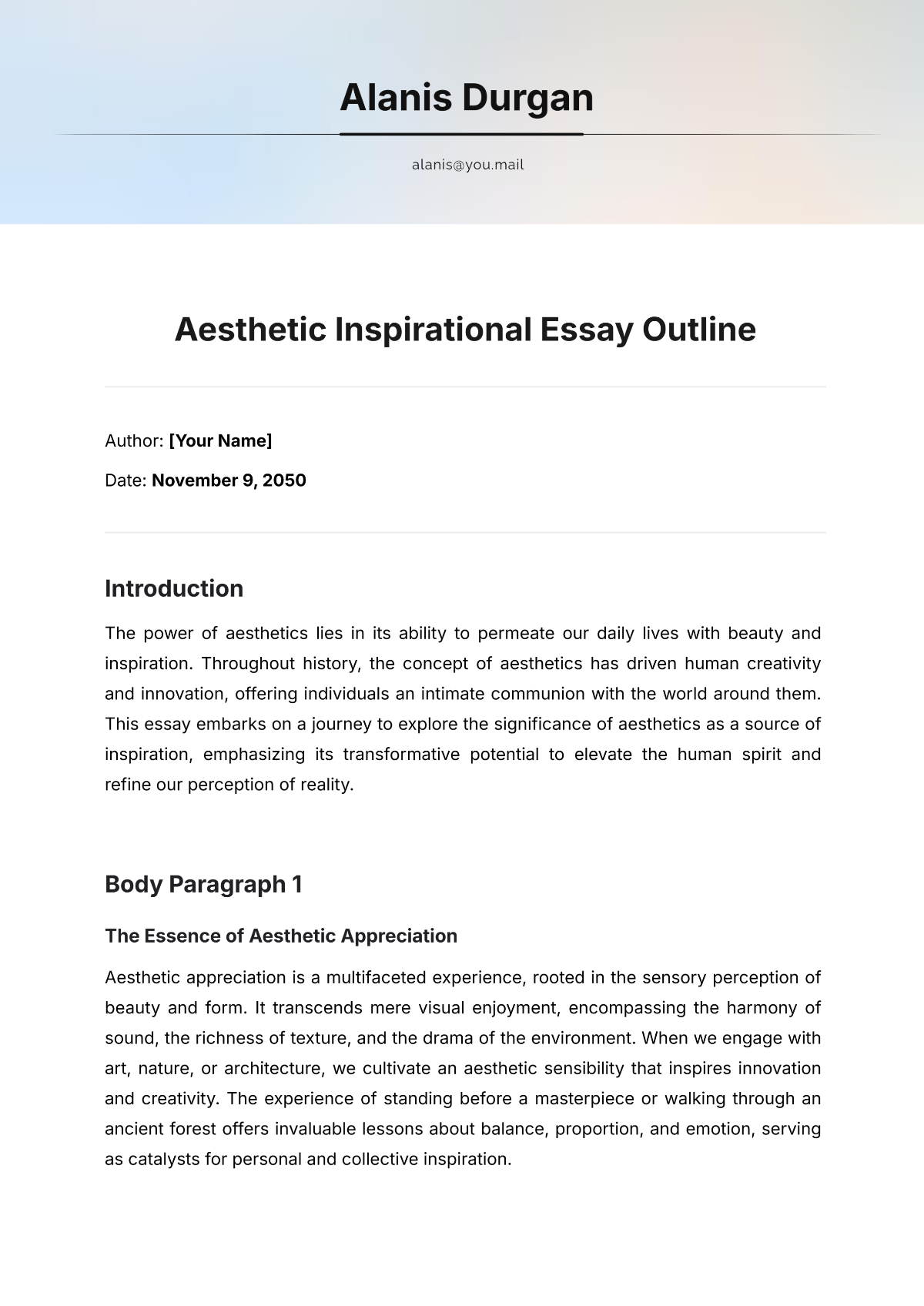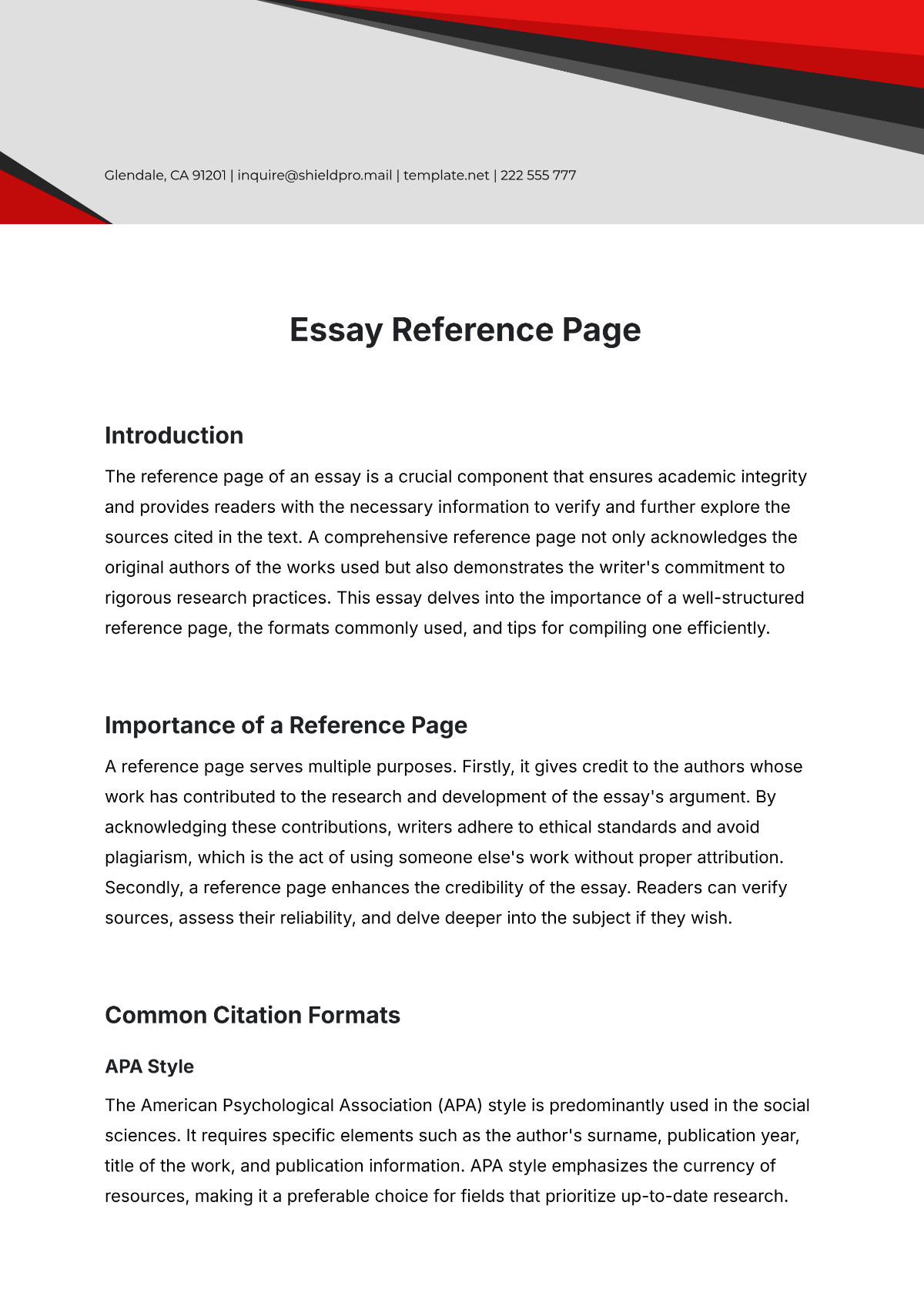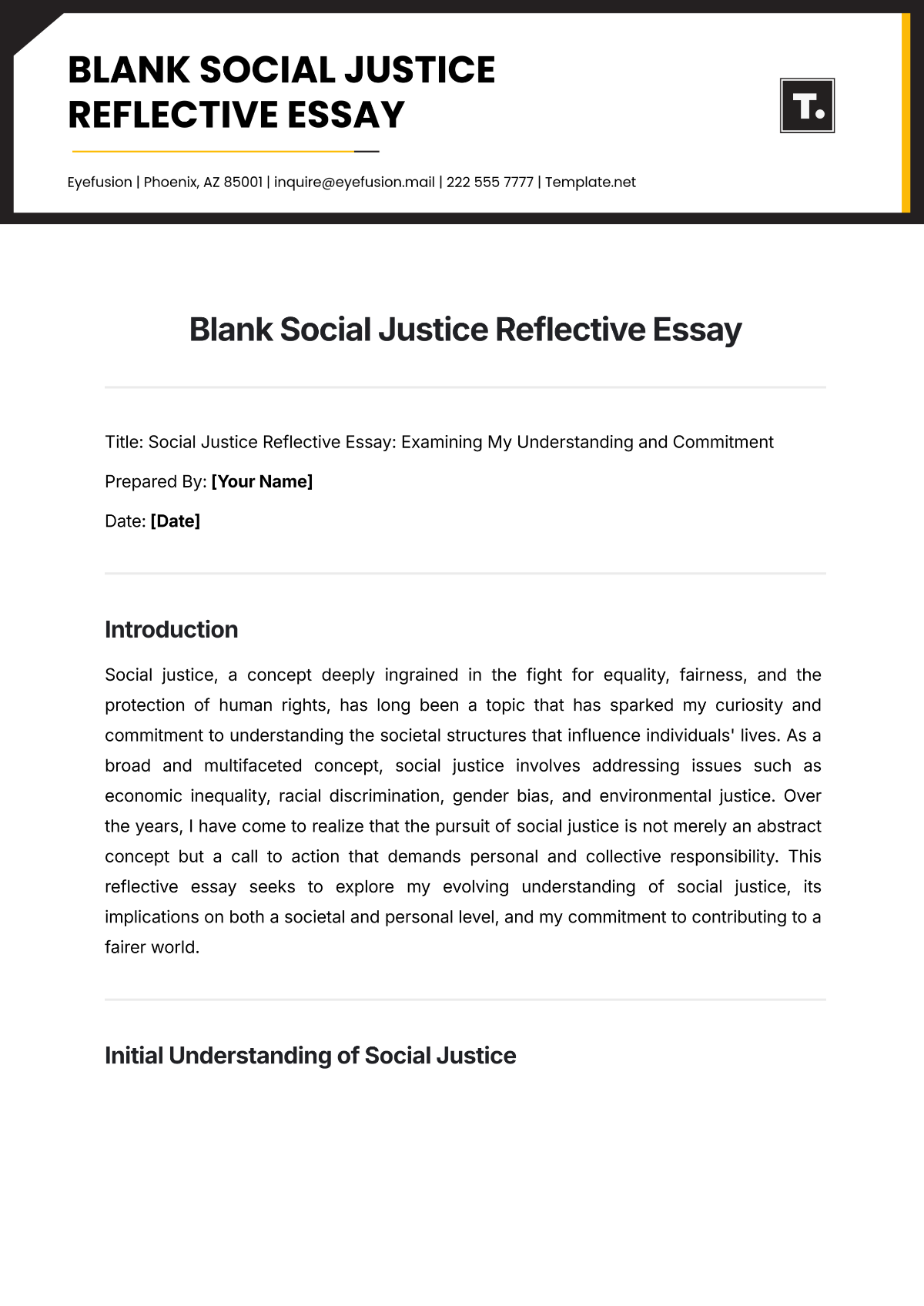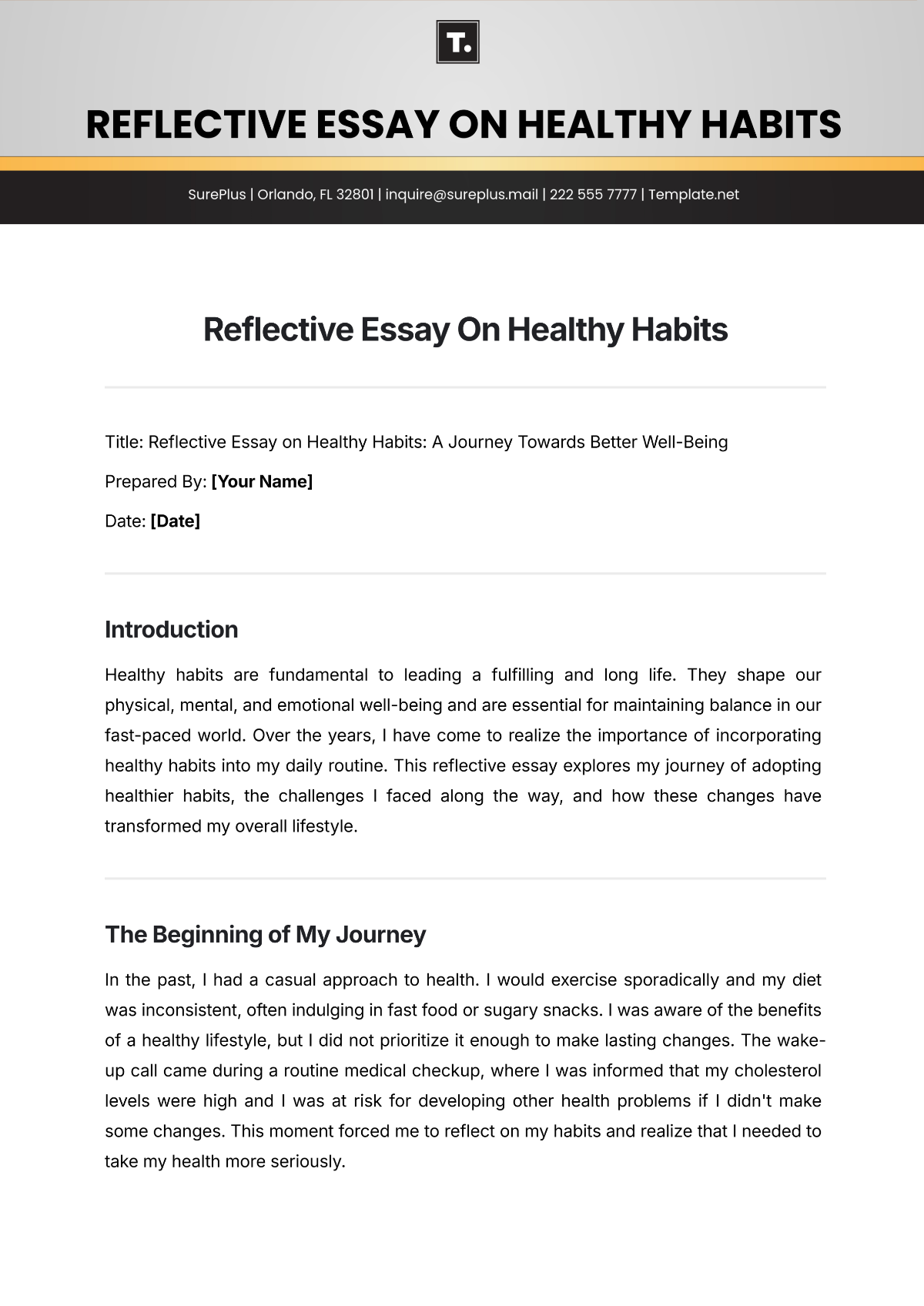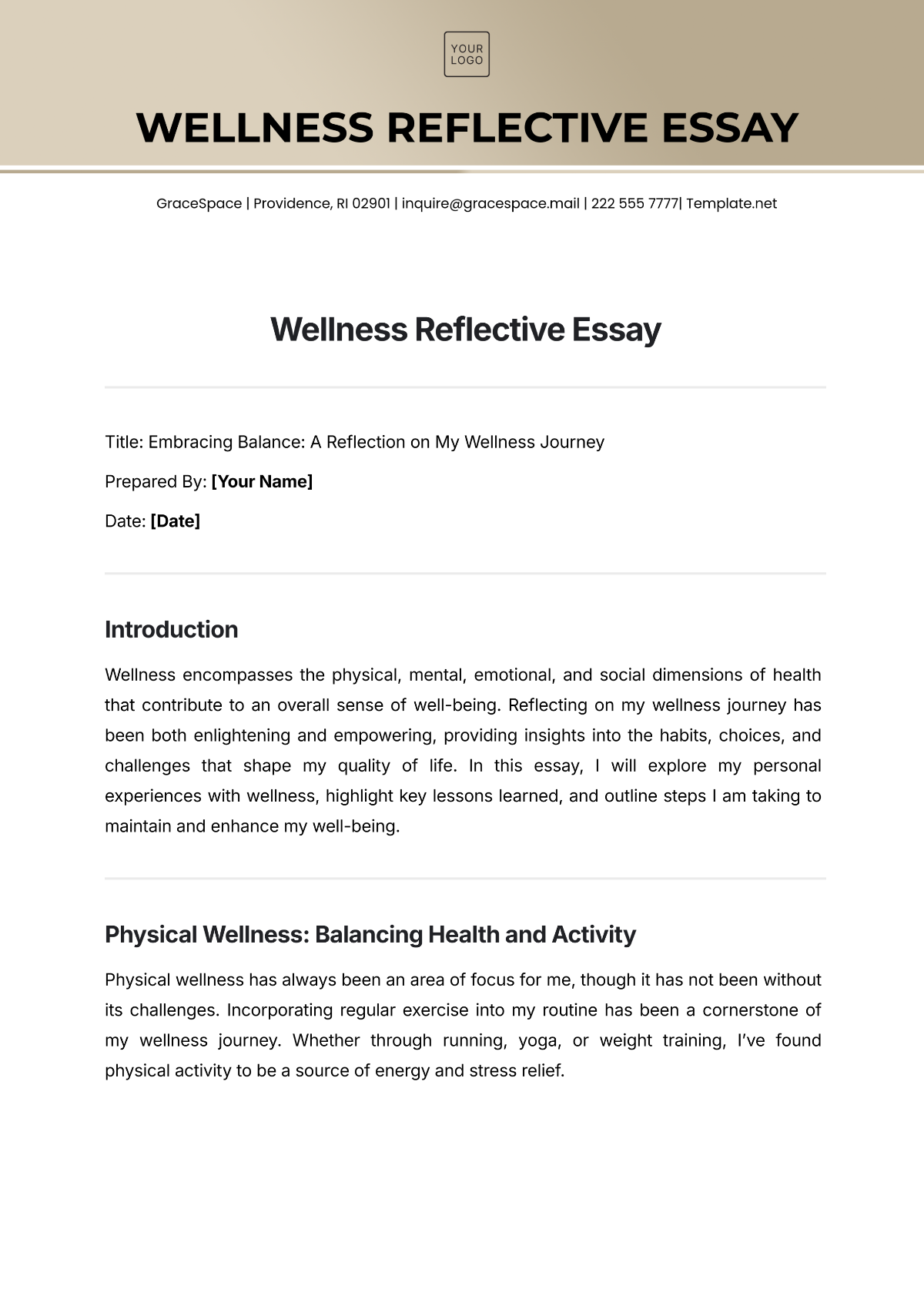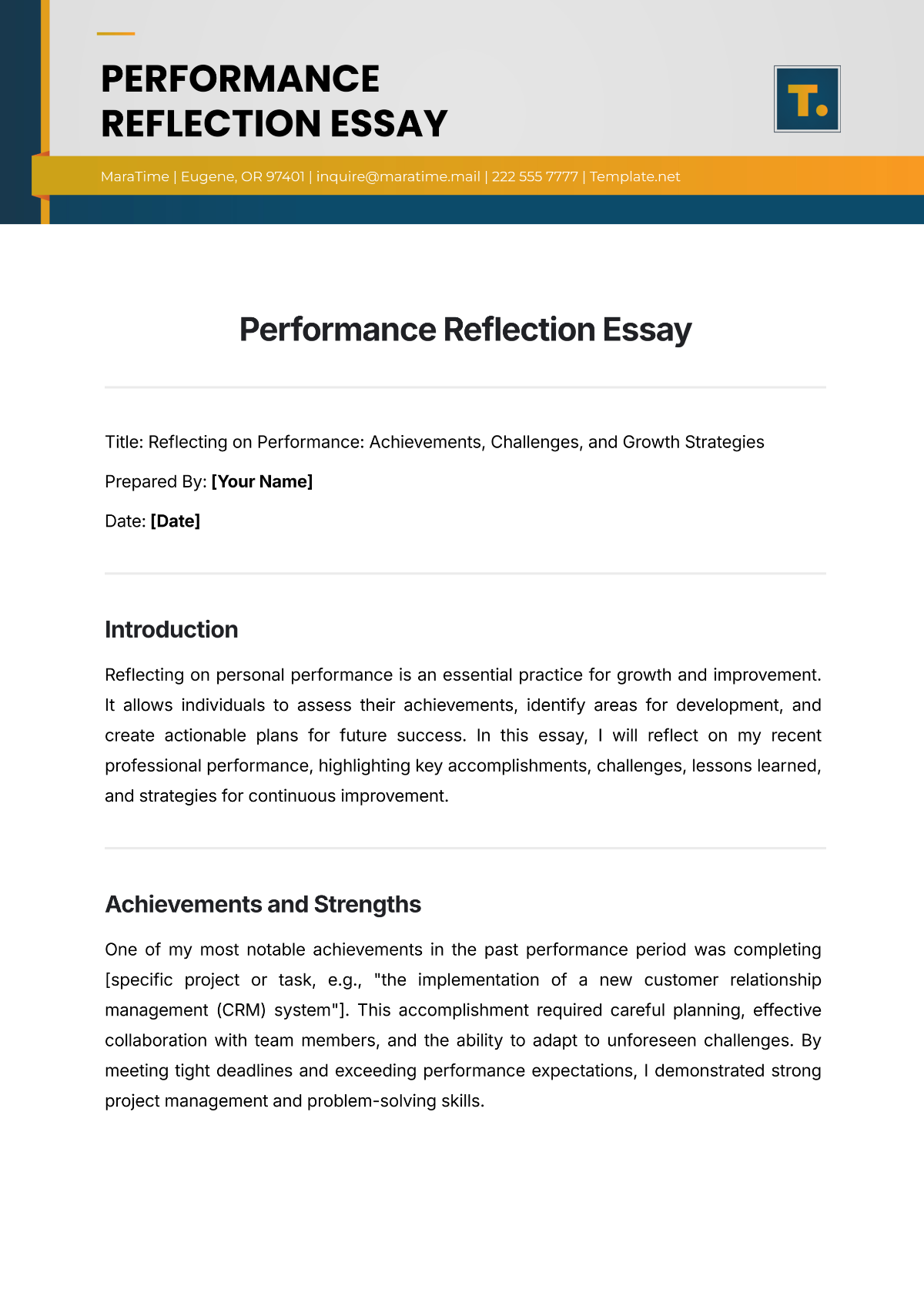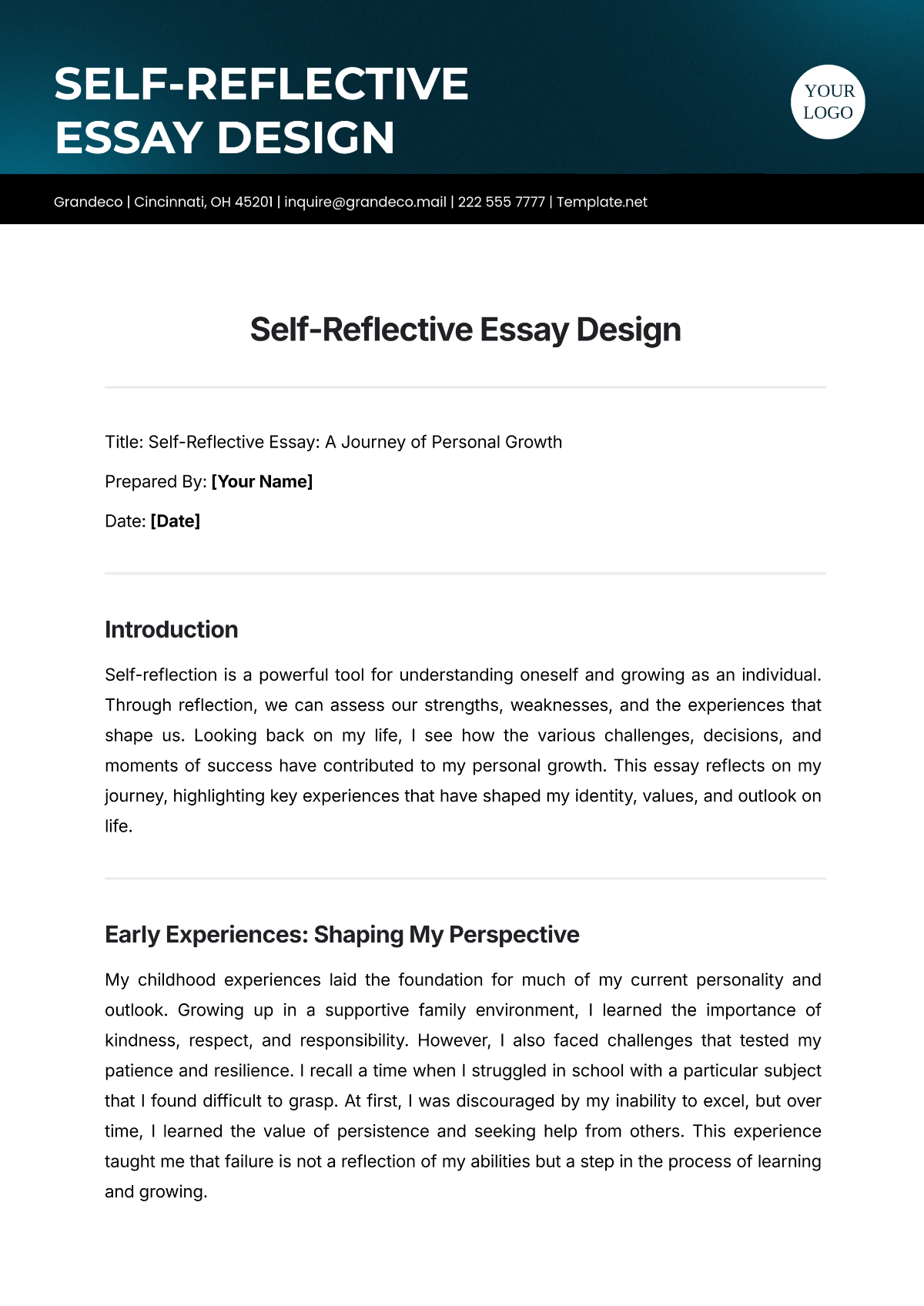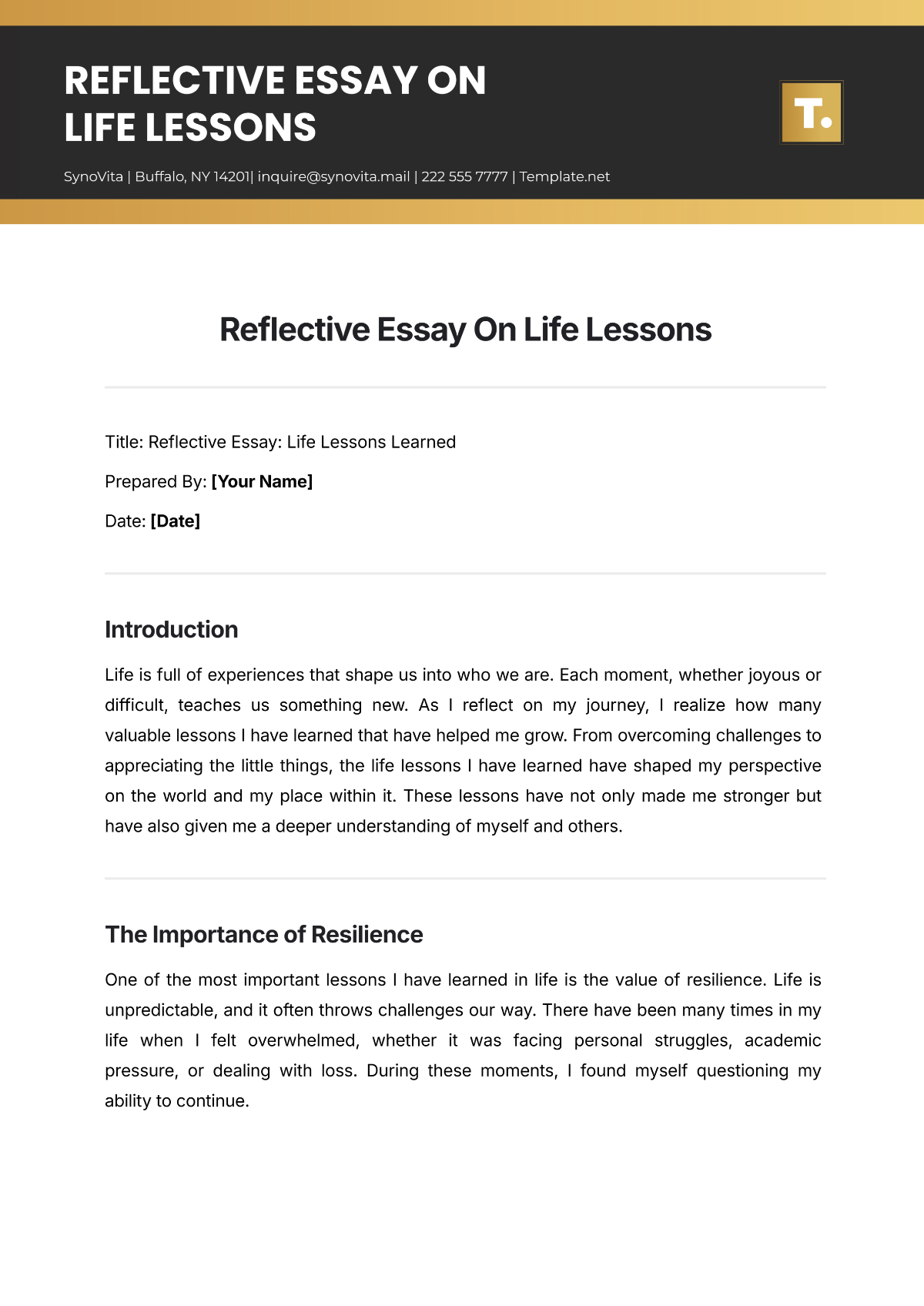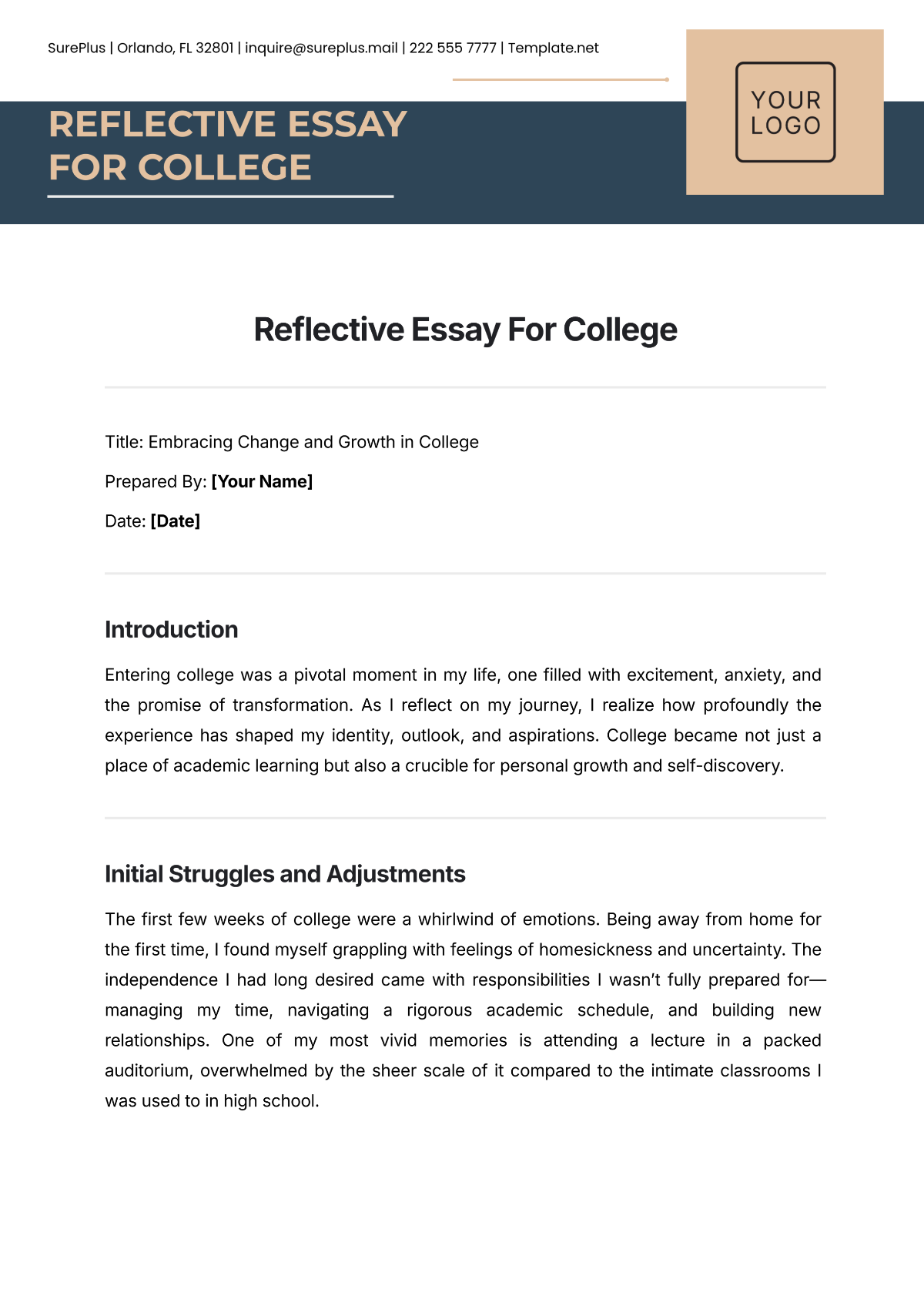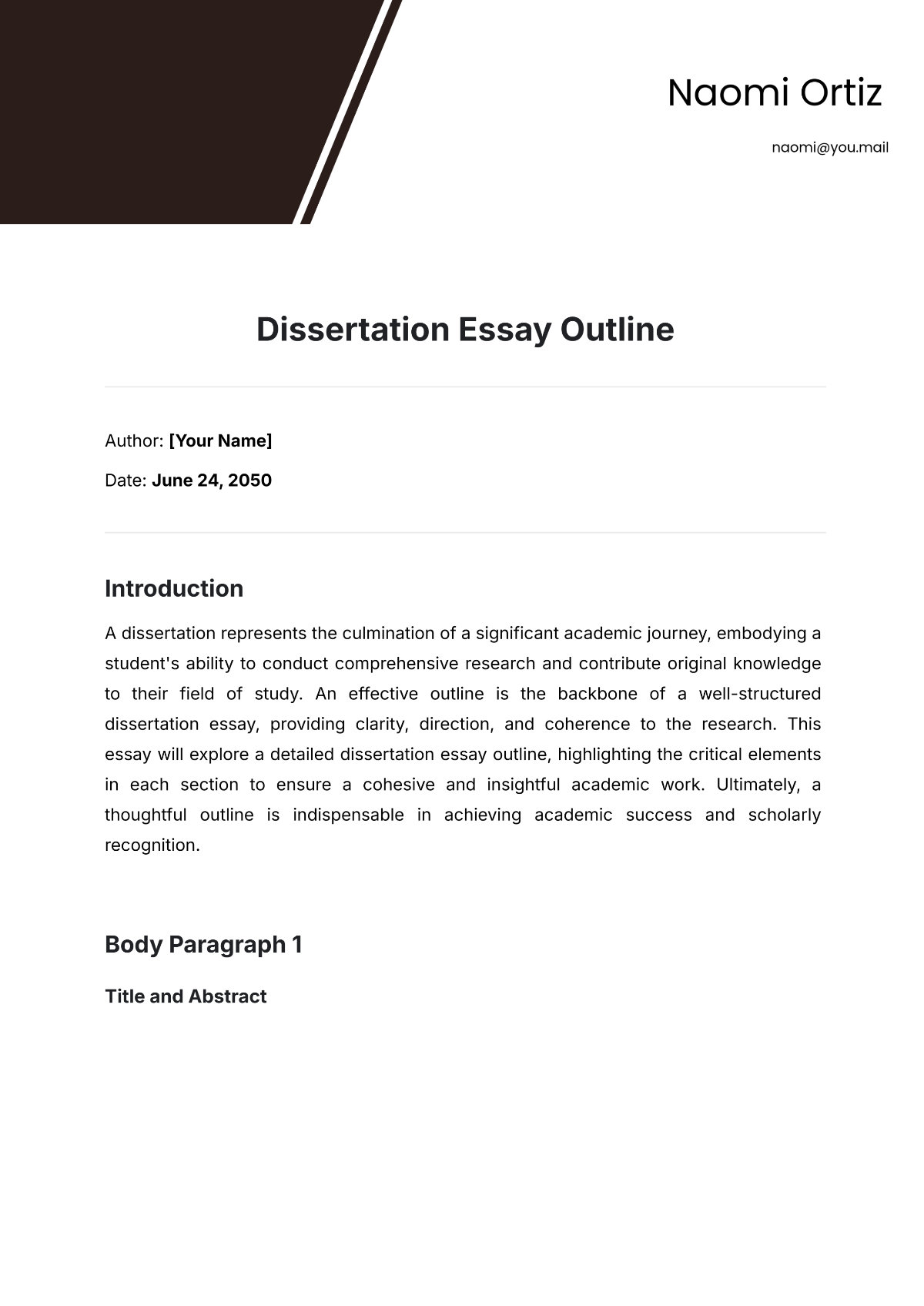Comparative Descriptive Essay
Written By: [Your Name]
Title: Comparing Urban and Rural Living
Introduction
In today’s world, the choice between urban and rural living is a significant decision for many individuals. Urban areas, characterized by bustling city life and modern amenities, stand in contrast to the tranquil and open spaces of rural environments. This essay aims to compare urban and rural living by examining their respective lifestyles, environments, and social aspects. By delving into these areas, we can better understand the unique advantages and challenges each setting presents.
Body Paragraphs
Lifestyle
Urban living is synonymous with a fast-paced lifestyle, where residents are often surrounded by constant activity. Cities offer a plethora of entertainment options, including theaters, restaurants, and shopping centers, making it easy for individuals to stay engaged and entertained. Public transportation systems and proximity to workplaces also contribute to the convenience of city life. In contrast, rural living promotes a slower pace of life. The emphasis is on simplicity and relaxation, with fewer distractions and a stronger connection to nature. While entertainment options may be limited, rural areas offer a sense of peace and a closer-knit community atmosphere.
Environment
The environment in urban areas is characterized by dense infrastructure and limited green spaces. Skyscrapers, busy streets, and industrial areas define the cityscape, often leading to higher levels of pollution and noise. On the other hand, rural environments are known for their expansive landscapes and natural beauty. Open fields, forests, and clean air create a serene and healthy environment. Rural living provides direct access to nature, which can be beneficial for physical and mental well-being.
Social Aspects
Social interactions in urban areas tend to be diverse and dynamic due to the high population density. Cities attract people from various backgrounds, fostering a multicultural environment. Social events and activities are abundant, providing ample opportunities for networking and socializing. In contrast, rural areas often have smaller, more homogeneous communities. Social interactions are typically more personal and community-oriented, with strong ties between residents. While the social scene may be less diverse, the close-knit nature of rural communities can lead to deeper, more meaningful relationships.
Analysis/Comparison
Comparing urban and rural living reveals distinct differences in lifestyle, environment, and social aspects. Urban areas excel in providing convenience, variety, and opportunities for social engagement but come with the trade-offs of higher noise levels and pollution. Rural areas, while offering a more peaceful and natural setting, may lack the immediacy of amenities and social diversity found in cities. Each setting has its unique advantages and challenges, catering to different preferences and priorities.
Conclusion
In conclusion, the choice between urban and rural living ultimately depends on individual preferences and lifestyle goals. Urban environments provide vibrant, fast-paced living with numerous conveniences and diverse social opportunities. Conversely, rural settings offer tranquility, natural beauty, and a close-knit community atmosphere. Understanding these differences can help individuals make informed decisions about where they wish to live, balancing their desires for convenience and connection with their need for peace and natural surroundings.



